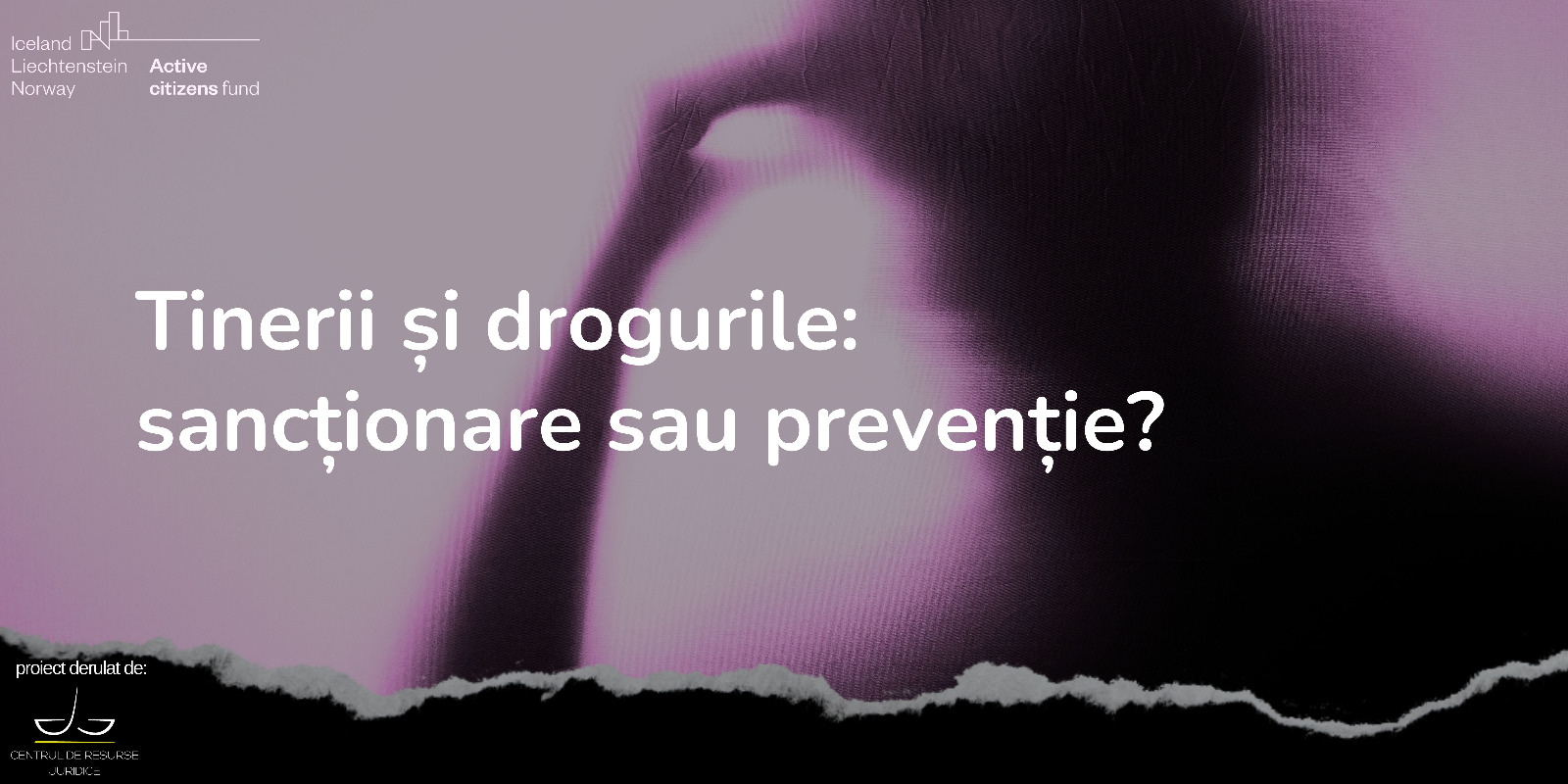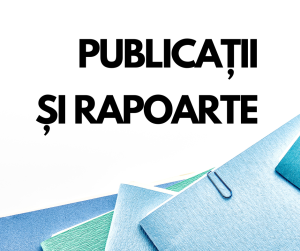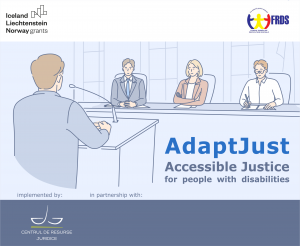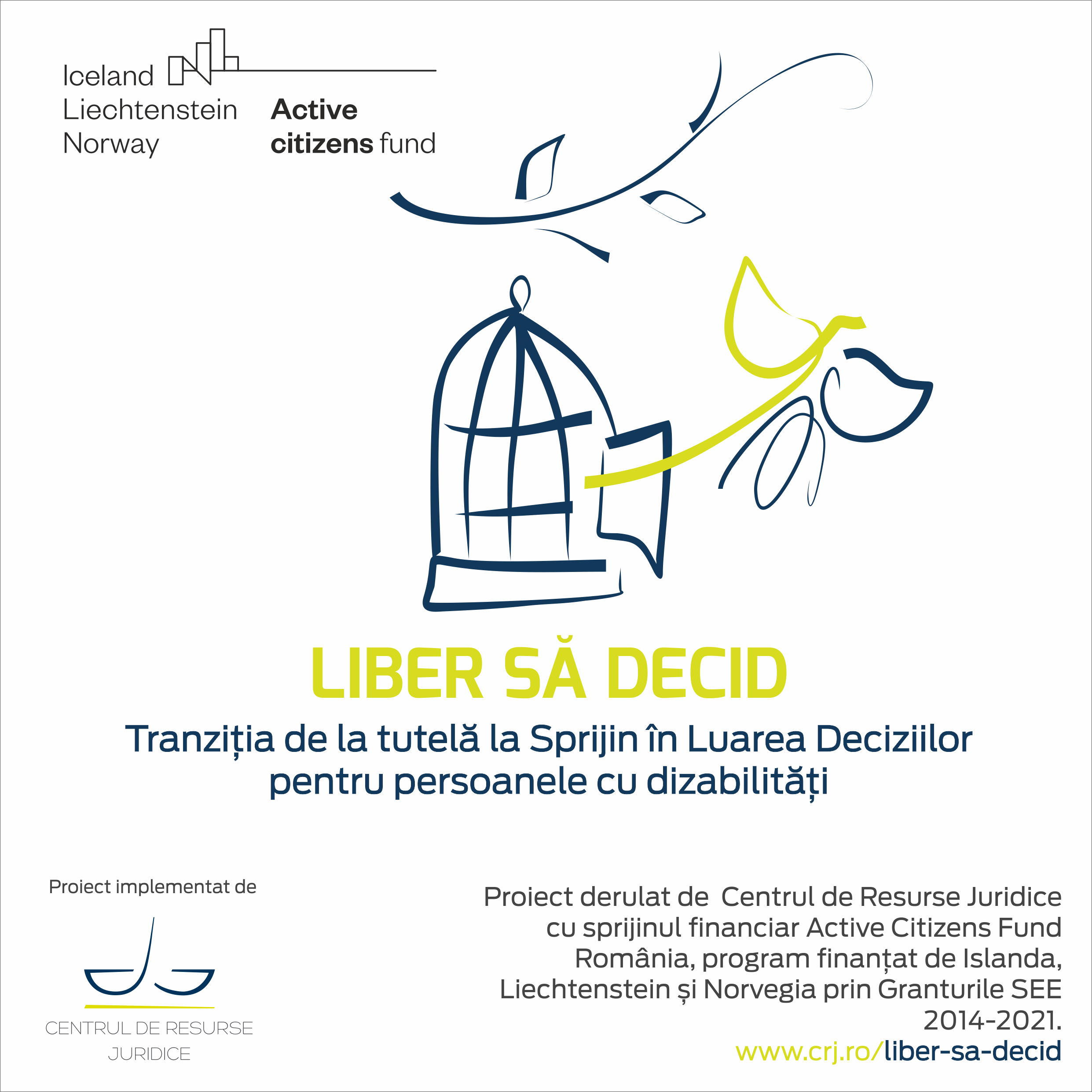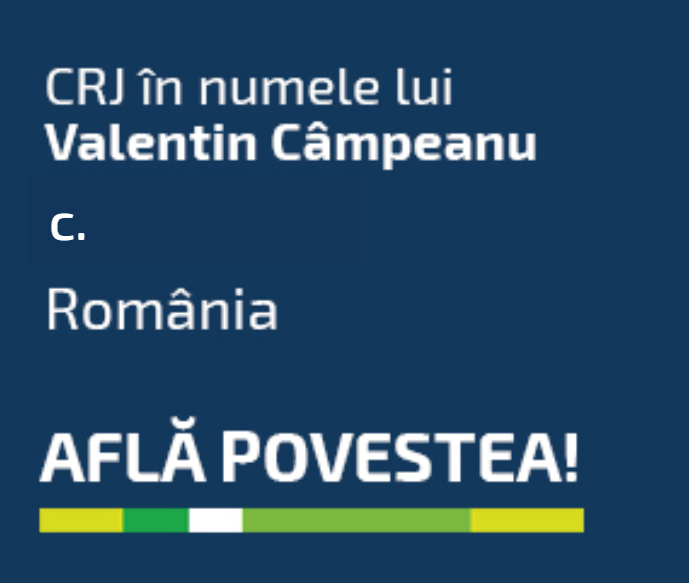- The Legal Provisions
“Drugs are certainly an intensely debated topic these days, because of the effects they produce and the phenomenon of trafficking and consumption that is growing every day. More and more people are affected, and the young people are the most affected. (…)
Schools are currently facing a very big problem, namely the use of drugs and products likely to have psychoactive effects among young people. This has a negative impact on their school results, leading in most cases to truancy.“[1]
This is an excerpt of the explanatory memorandum of a draft law, which later became Law no. 45/2023, the most recent addition to the Romanian system of public anti-drug policies. It is clear to see that the focus is on young people, identified as both victims and the main cause of drug use, especially in schools.
The conclusion of the previous memorandum is that the solution to combat this criminal phenomenon can take only one form, namely “the legislative solution of increasing the amount of penalties”.[2] It is clear from this reasoning that the authorities are concerned that drugs cause children to skip school. The answer to this problem? Send them to prison. But is this first solution the only one? And is it justified and effective?
Globally, public drug policies can either focus on the criminal justice model, in a punitive manner, or on the public health model, with its emphasis on protection and treatment.[3] Unfortunately, Romania is still using the former model,[4] and given the new legislative initiatives, it seems to be moving further and further away from the public health approach of other European countries.
The Romanian state began to implement this practice after 1989, following the example of the United States of America, which generally relied on the prohibition of drug production, trafficking and consumption.[5] Today, Law No 143/2000 and Law No 194/2011 are the main instruments in this ‘war on drugs’ that the Romanian authorities continue to wage, despite changing attitudes in other countries.[6]
Law 143/2000 criminalises drug trafficking (Art. 2 and Art. 3), possession of drugs for personal use (Art. 4), as well as providing a dwelling or premises for the illicit use of drugs (Art. 5) or incitement to the illicit use of high-risk drugs (Art. 10).[7] Possession of drugs of risk for personal use is punishable by imprisonment from 3 months to 2 years or a fine, and in the case of high-risk drugs, personal usage is punishable by imprisonment from 6 months to 3 years.[8] Also, by the above-mentioned Law 45/2023, the provisions on trafficking drugs of risk have been tightened, with the penalty of imprisonment increasing from the initial 2 to 7 years and disqualification[9] to 3 to 10 years and disqualification.[10]
- Facts about young people and drug use
The National Anti-Drug Agency (ANA) states in the National Drug Report of 2021 that the most common drugs among the general population are new psychoactive substances, followed by cannabis, although the latter is the most common among schoolchildren.[11]
According to the same report, new psychoactive substances (NPS) such as “El Padrino”, “Spice” or “Euphoria” were used by 10.3% of the young population aged 15-34 at least once in their lifetime, and by 3.2% of the school population.[12] These data do not show an increase compared to 2020, but are exactly the same, looking at the previous year’s ANA report.[13] However, there is a difference in the way we report in comparison to 2019 data, respectively:
“15-24 years – 10.8% experimental consumption, 5.5% current consumption and 4.4% recent consumption – and 25-34 years – 10% experimental consumption, 4.9% recent consumption and 4% current consumption “[14]
The former analysis illustrated much better, by different age groups, the different types of consumption. Combining these age categories and replacing the phrase “experimental consumption” with “at least once in a lifetime” leads to a non-nuanced interpretation of the data that can easily be exaggerated in public communication.
In terms of cannabis use, the 2021 ANA data showed that 9.5% of 15-34 year olds “have tried smoking cannabis in their lifetime”, with 8.7% of teenagers over 16 reporting the same (and 1% of them starting at age 13). [15]
The data are similar to those at European level. The European Drug Report of 2021, cited by the National Anti-Drug Agency in its report, states that 246 out of 262 drug-using respondents had used cannabis.[16] Also, the average in the European Union (2020) of young people aged 15-24 who had tried cannabis in the last year was 19.2%,[17] while in Romania (2020) it was 7.2%,[18] which shows that we are below the European average.
Cannabis is currently classified as a risk drug, part of Table III, as opposed to Tables I and II high-risk drugs.[19] There is, however, a new legislative proposal, PL-x no. 430/2022, which has been adopted by the Senate and awaits the approval of the Chamber of Deputies, which provides that the possession of risk drugs for personal use would be punishable by imprisonment from 1 to 5 years, without the possibility of a lighter sanction of a criminal fine.[20] Therefore, if the Chamber of Deputies does not make some changes to the text, a very large proportion of young people would end up risking imprisonment for the lowest risk drug, which is among the most widely used.
There have been other bills, such as the initial version of the Draft Law 851/2022[21] which stated that minors aged 14-18 who repeatedly bought or possessed drugs could receive a prison sentence of 3 months to 1 year or a fine.[22] Similarly, the legislative initiative PL-x No 96/2023, which provided for drug testing in educational establishments.[23] Both were rejected by the Senate.[24] But such legislative proposals are worrying when it comes to the direction in which Romanian regulation is heading.
- CONCLUSIONS AND RECOMMENDATIONS
2021 was the year with the most convictions for offences involving drugs, 54% (559) for drug trafficking and 36.6% (354) for possession of drugs for personal use.[25] The number of convictions for simple drug use was also at the highest level on record, at least double that of previous years.[26] These numbers were recorded before the legislation got tougher, which means we should expect higher numbers for 2023. In the meantime, international organisations have taken a different, public health-based anti-drug stance.
UN experts called in 2023 for countries to change their “war on drugs” strategy to one focused on health and respect for human rights.[27] The EU, in its 2021-2025 drugs strategy, also calls for an approach that promotes public health[28] and provides effective alternatives to coercive sanctions.[29] One such alternative could be the Draft Law L 384/2023, which decriminalises the possession of cannabis up to 3 grams for personal use and makes it an offence.[30] Although this draft law was rejected by the Senate, it has been sent to the Chamber of Deputies, the decision-making chamber.[31]
We therefore propose the following recommendations:
- Adapt the ANA reports to reflect drug use statistics in a comprehensive and non-stigmatising way.
- Adopt an anti-drug policy focused on public health and aligned with international and European standards.
[1] Explanatory memorandum of PL-X no.549/2019, Draft Law for amending and supplementing Law no.143/2000 on preventing and combating illicit drug trafficking and consumption, as well as Law no.194/2011 on combating operations with products likely to have psychoactive effects, other than those provided for in existing legislation, which was to become Law 45/2023, p 1, Source: https://www.cdep.ro/proiecte/2019/500/40/9/em718.pdf (Romanian only) accessed on 5 January 2024.
[2] Ibid.
[3] Vlad-George Zaha, Alina Dumitru, Costin-Aurel Militaru, Public anti-drug policies in Romania: Between criminal justice and public health (Sept 2023), Analysis, Friedrich Ebert Stiftung, p 3, Source: https://library.fes.de/pdf-files/bueros/bukarest/20633.pdf (Romanian only) accessed on 5 January 2024.
[4] Ibid.
[5] Ibid, p 4.
[6] Ibid, p 2-4.
[7] LAW No 143 of 26 July 2000 on preventing and combating illicit drug trafficking and consumption, Source: https://legeaz.net/legea-143-2000/ (Romanian only) accessed on 5 January 2024.
[8] Ibid.
[9] LAW No 143 of 26 July 2000 on preventing and combating illicit drug trafficking and consumption – REPUBLICARE* , Art 2, Source: https://idrept.ro/DocumentView.aspx?DocumentId=00162028-2023-04-07&DisplayDate=2024-03-11 (Romanian only) accessed on 8 January 2024.
[10] LAW no. 45 of 1 March 2023 for the amendment and completion of Law no. 143/2000 on preventing and combating illicit drug trafficking and consumption and for the amendment of Law no. 194/2011 on combating operations with products likely to have psychoactive effects, other than those provided for by the regulations in force, Art I, item 3, Source: https://legislatie.just.ro/Public/DetaliiDocument/265418 accessed on 8 January 2024.
[11] National Drug Report (2022), Romania: New Developments and Trends, National Anti-Drug Agency, p 23, Source: https://ana.gov.ro/wp-content/uploads/2023/02/RN_2022.pdf (Romanian only) accessed 8 January 2024.
[12] Ibid, p 54.
[13] National Report (2021), Romania: New Developments and Trends, National Anti-Drug Agency, p 51, Source: https://ana.gov.ro/wp-content/uploads/2022/03/RN_2021.pdf accessed on 8 January 2024.
[14] National Drug Report (2020), Romania: New developments and trends, National Anti-Drug Agency
P 67, Source: https://ana.gov.ro/wp-content/uploads/2021/01/RN_2020_final.pdf accessed on 8 January 2024.
[15] Supra n 11 (2022).
[16] Ibid p 24.
[17] European Monitoring Centre for Drugs and Drug Addiction, European Drug Report 2021: Trends and Developments (2021), English version, p 16, Source: https://www.emcdda.europa.eu/publications/edr/trends-developments/2021_en accessed 8 January 2023.
[18] National Drug Report (2021), Romania: New Developments and Trends, National Anti-Drug Agency, p 24, Source: https://ana.gov.ro/wp-content/uploads/2022/03/RN_2021.pdf (Romanian only) accessed 8 January 2024.
[19] Supra n 7, Tables I, II and III.
[20] PL-x no. 430/2022, Draft Law for amending Law no.143/2000 on preventing and combating illicit drug trafficking and consumption, item 2, Source: https://www.cdep.ro/proiecte/2022/400/30/0/se523.pdf (Romanian only) accessed on 8 January 2024.
[21] L 851/2022, amending Article 8 of Law 143/2000 on preventing and combating illicit drug trafficking and consumption, Source: https://senat.ro/legis/PDF/2022/22L851FS.pdf?nocache=true (Romanian only) accessed on 8 January 2024.
[22] The initiator’s form of L 851/2022, LAW for amending and supplementing the “Law No. 194 of 7 November 2011 on combating operations with products likely to have psychoactive effects, other than those provided for by the regulations in force” and the “Law No. 143 of 26 July 2000 on preventing and combating illicit drug trafficking and consumption”, Source: https://senat.ro/legis/PDF/2022/22L851FG.pdf?nocache=true (Romanian only) accessed on 8 January 2024.
[23] Pl-x no. 96/2023, Legislative proposal on amending and supplementing the National Education Law no.1/2011, with subsequent amendments and additions, and the Law no.194/2011 on combating operations with products likely to have psychoactive effects, other than those provided for by the regulations in force, Source: https://www.cdep.ro/proiecte/2023/000/90/6/pl81.pdf (Romanian only) accessed on 8 January 2024.
[24] Chamber of Deputies, Legislative Process at the Chamber of Deputies, Pl-x no. 96/2023, Source: https://www.cdep.ro/pls/proiecte/upl_pck.proiect?idp=20688 (Romanian only) accessed on 8 January 2024.
[25] Supra n 3, p 6.
[26] Ibid.
[27] UN experts call for end to global ‘war on drugs’ (23 June 2023), United Nations Human Rights Office of the High Commissioner, Source: https://www.ohchr.org/en/press-releases/2023/06/un-experts-call-end-global-war-drugs accessed 9 January 2024.
[28] EU Drugs Strategy 2021-2025, Council of the European Union, Preamble pct 2, pg 2, Source: https://data.consilium.europa.eu/doc/document/ST-14178-2020-INIT/en/pdf accessed 9 January 2024.
[29] Ibid, pt 7.4, pg 20.
[30] Draft Law L384/2023, Legislative proposal to supplement Law 143/2000 on preventing and combating illicit drug trafficking and consumption, Art I.1, p 1, Source: https://www.senat.ro/legis/PDF/2023/23L384FG.PDF?nocache=true (Romanian only) accessed on 9 January 2024.
[31] Note by which legislative initiative L 384/2023 is sent to the other chamber, Source: https://www.senat.ro/legis/PDF/2023/23L384AM.PDF?nocache=true (Romanian only) accessed on 9 January 2024.

